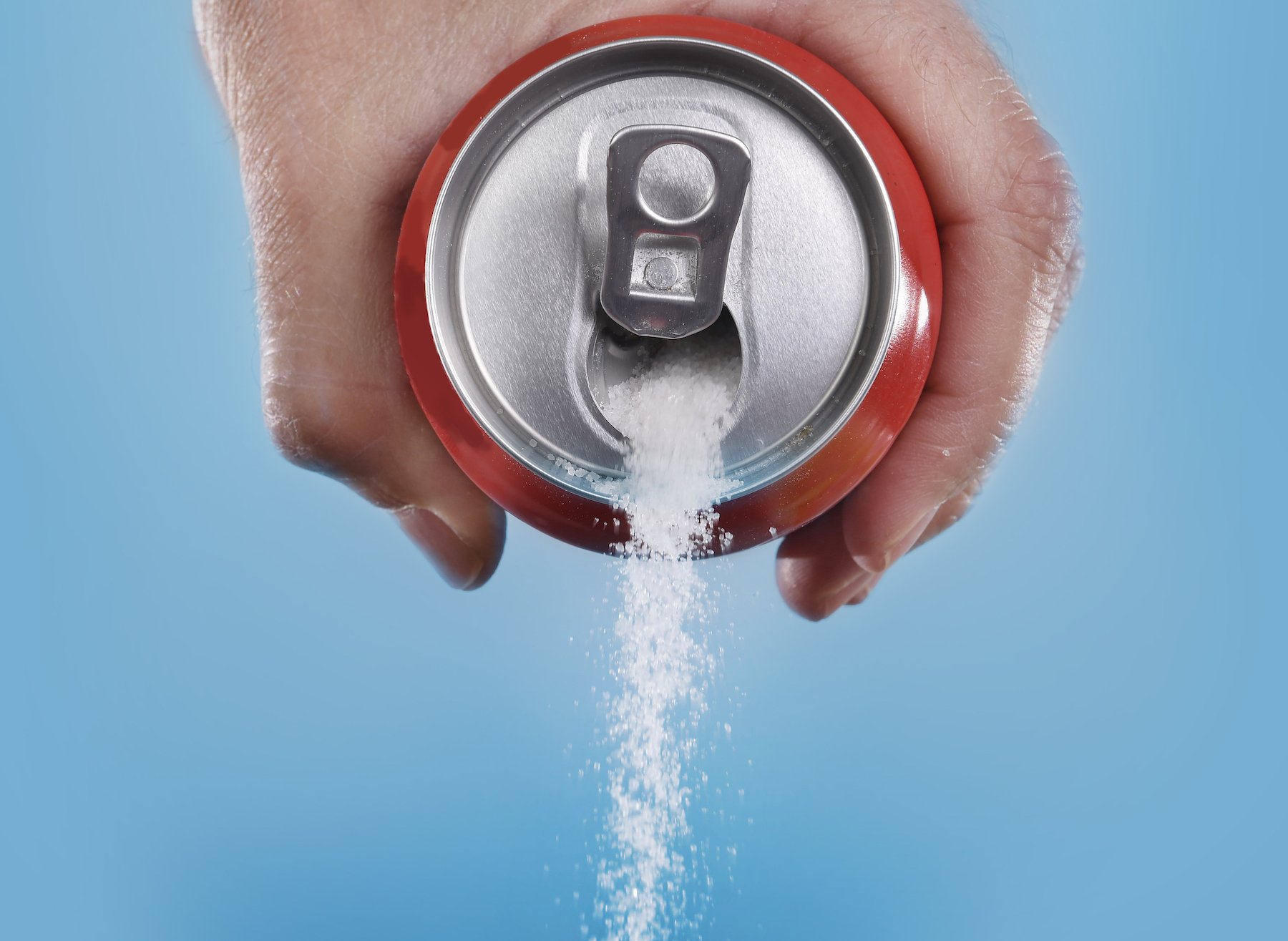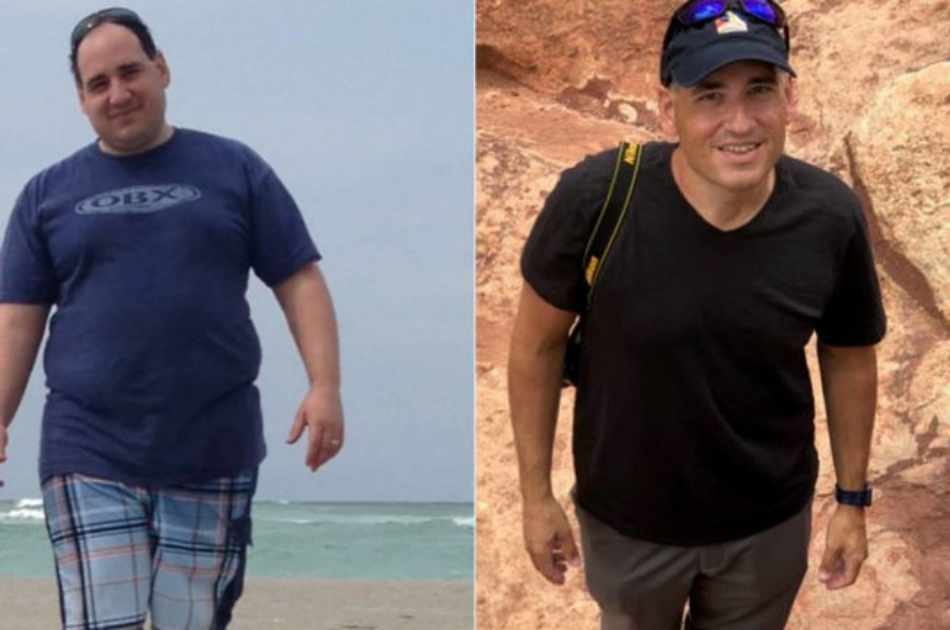Bryan Tepper is an emergency physician in Madison, Wisconsin, and a Levels member. He spoke to us about how metabolic health shows up every day in the ER, and how wearing a CGM changed his own habits and thinking.
Q: What got you into emergency medicine?
I’ve been doing community emergency medicine for 10 years. I initially chose the field as it allowed me to care for a diverse population, manage the full spectrum of diseases, and most importantly, impact people’s lives in their times of need. An initial draw was also the ability to manage acute conditions rather than chronic medical issues. However, for a variety of reasons, this is increasingly changing.
“People may be aware that high blood sugar leads to diabetes. But they rarely know that it also has a high association with stroke, heart attacks, amputations, kidney failure, blindness, infections, cancer, and neuropathy—until it is too late.”
The idea that only life-threatening conditions and patients in extreme situations use the emergency department is just not accurate. The ER is a catch-all for the medical system, and we often manage many chronic health conditions like high blood pressure, diabetes and chronic pain.
My role as an ER doctor is to treat people for their presenting complaint or issue. Still, I always find myself trying to take a step back and look for a possible root cause for their situation. I want to see if a patient can make an adjustment that will prevent a future visit or at least mitigate their current illness.
Q: How does metabolic health manifest in the ER?
I think we underestimate the implications of diabetes and metabolic health. Dysfunctional metabolic health often leads to what we refer to as metabolic syndrome, a constellation of factors such as poor glucose control, high blood pressure, obesity, and lipid abnormalities. These factors affect every organ and system in our body. People with poor metabolic health come into the ER for infections, chest pain, stroke-like symptoms, swelling, pain, intractable vomiting, to name a few. We then often end up finding they have diabetes, and these are related complications. We spend one in four healthcare dollars on someone who has diabetes.
I genuinely believe that our metabolic health influences our physical and mental well-being, ultimately determining our health and lifespan. I see people suffer every day due to health decisions that have compounded over many years. The sad fact is that now we’re seeing these complications in some of our younger patients. We often see pre-teens with markers of metabolic syndrome and skin changes associated with insulin resistance.
I still think the general public under-recognizes the role their blood sugar plays in their health and how much specific dietary and activity patterns contribute. People know that smoking causes lung cancer. People may be aware that high blood sugar leads to diabetes. But they rarely know that it also has a high association with stroke, heart attacks, amputations, kidney failure, blindness, infections, cancer, and neuropathy—until it is too late.
Q: How do you address metabolic health with ER patients?
I try to talk about their internal state: the high cortisol or blood sugars or other factors that might affect their outcomes and risk. The importance of this really became acute during COVID-19, as high blood sugar led to much more severe disease.
I try to shift people’s mindset toward prevention, especially when it comes to diabetes. I tell them: If you don’t do the work now to change your food choices and behavior, you’re going to pay later in the form of pills, medicines, procedures, and even amputations.
A recent interaction comes to mind: I saw a patient in his 30s with metabolic syndrome and a BMI above 50. He had diabetes and an infection in his leg. It was his second visit for this particular infection, as the initial course of antibiotics didn’t resolve it. The infection was worsening, and I kept thinking that if he doesn’t clear this up, he may lose his leg before he’s 35.
So I went through a diet history with him. He told me he was drinking three or four sodas a day. When someone tells me that, I know the actual number may be even higher. Three sodas a day is like 150 grams of sugar right there, in addition to everything else. So I talked to him about those choices and said, “Hey, look, your blood sugar may be preventing you from clearing up this infection.” And that gave him an insight he hadn’t considered.
Whether or not it hits home is tough to say. Is somebody going to be receptive to hearing that information? I hope so, because at that moment, they’re at a critical juncture in their health.
Q: How difficult is it to talk prevention in an emergency room?
I try to educate people as much as I can on lifestyle and diet to paint a larger picture of what they’re doing. For many, the problems seem to stem from addiction, either to cigarettes, alcohol, or food. But these are often a manifestation of a failure to cope with an underlying issue. So we try to go as deep as we can in the time we have. But it’s not easy to adequately address a patient’s day-to-day struggles. Changing habits doesn’t happen overnight. For some patients, a health scare can be a useful trigger, though.
And I do see people make changes that make a real difference in their lives. Several patients have come in and said, ‘Look, I just lost 20 pounds by giving up soda.’ Or, that they cut out soda, and don’t get gout or kidney stones anymore. Just a few minor changes can have a significant influence on their health.

Why fructose is bad for metabolic health
Is fructose bad for you? Fructose is a natural sugar, but as an added sweetener, its metabolic impact can be severe.
Read the ArticleQ: Is the medical community making progress in getting across the message of prevention?
Yes and no. We have countless programs geared towards diet and exercise. Screening programs exist for conditions like elevated blood pressure, infections, and specific cancers (if you fulfill the criteria for screening). Yet, the screening processes for diabetes clearly need an upgrade. One-third of adults in the US have prediabetes, and 85% don’t know it. There are still doctors who point to literature suggesting that even people who have diabetes but aren’t on insulin don’t need to check their blood sugar—because it “doesn’t improve outcomes.” That’s outrageous! Some studies may reach those conclusions because subjects only check glucose once per day. That doesn’t show us how food and other variables change glucose numbers throughout the day. Checking blood sugar once is not helpful for people.
For people not diagnosed with diabetes, there is even more reluctance to screen earlier or to change the way we screen. Using glucose tolerance tests and looking at 1-hour glucose levels or using a CGM would really give us insight into a patient’s glucose throughout the day. Making that shift would have significant health implications on a personal and systems level.
Hopefully, the pendulum will swing toward earlier diagnosis (being mindful of cost and resource implications) because we know that the earlier we treat someone, the better. I’m also encouraged to see primary care physicians prescribe CGMs for patients with slightly elevated A1c levels to glean more information about their daily fluctuations. It’s tough, though, because the people who need this information the most and need to make the biggest changes are usually the folks who don’t have access to it.
If we can encourage people to have their glucose levels checked early and often, we can then counsel patients and create an individual plan. We can help them design their environment to support healthier choices—surrounding themselves with the right food, for example—or suggest a change like giving up soda, taking a walk after a meal, or getting a few hours more of sleep.
Although elevated blood sugars are associated with exceedingly high morbidity and mortality, we can often correct them with simple (albeit difficult) changes. I see the CGM movement as one piece of the puzzle in providing people with access to information that empowers better decisions.
Q: You’ve also been wearing a CGM. What has surprised you?
Oatmeal, for me, was basically like downing a cola. I was also drinking oat milk. After doing some research, I found out that when oats are processed into milk, it turns into maltose (a type of sugar), which has a high glycemic index. I drank oat milk, and my blood sugar rose to 190 mg/dL [ideal post-meal rise is under 110 mg/dL].
Also, for six months before wearing the CGM, I ate a pretty low-carb diet. It was similar to the ketogenic diet, but I didn’t measure ketones. I noticed that if you’re eating low carb and you consume sugar, your postprandial glucose (the rise in blood sugar after a meal) will go up. This might happen during a fasting pattern of eating. You fast and then consume a pizza and spike your blood sugar.
Finally, I noticed another interesting thing: one night, after an evening 25-mile bike ride and maybe some improper post-ride nutrition, I woke up at 3 a.m. drenched in sweat. I checked my blood sugar the next morning, and at one point, it got to 48 mg/dL. The night sweats were related to my blood sugar being too low.
I think the bar for what people know about metabolic health, in general, is pretty low, so there are a lot of opportunities to educate. Speaking for myself, I know I’m still constantly learning every day.







